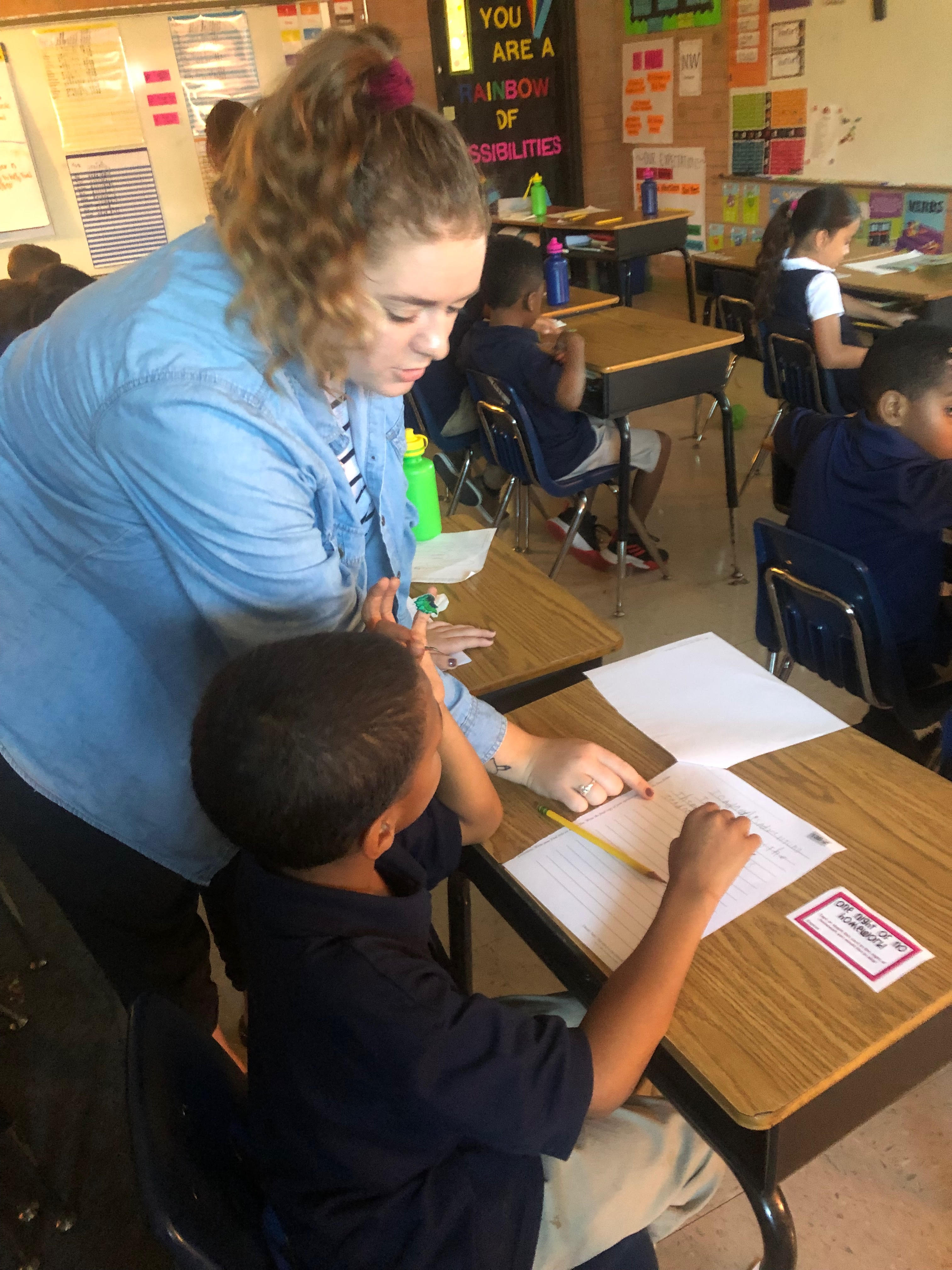Planning for the Seven Elements of Change Management

Change is inevitable. Schools are constantly changing in response to student needs, new data, leader vision, district initiatives, and state mandates. While change itself may not be a choice, we choose how to manage it.

Successfully managing change isn’t about putting on a smile and adjusting your attitude– although that may not hurt either. Effective change management requires a thoughtful plan.
This change management graphic adapted from Knoster (2000) and Lippitt (1987) depicts the seven elements of change management for which leaders must plan. Effective change requires vision, buy-in, skills, incentives, resources, an action plan, and assessment.
Change may be possible without each of the seven elements, but it’s a lot harder. Consider a district initiative for new math curriculum. Without teacher buy-in, one element of change management, a school leader can purchase new resources and plan professional development. But missing teacher investment will likely result in a poor implementation, angry staff, and hours of extra time. A lack of teacher buy-in might point to larger issues too: Are teachers frustrated with a lack of planning time required for new curriculum? Do they need time or support to build new skills? Missing one change element may mean the change isn’t successful long-term or it may have high costs for teacher satisfaction and retention. A more successful option is to plan for each of the seven elements of change management so change can be rolled out with strategy and people in mind.
We like to use the change management to pre-plan for change and to assess an in-progress or past change.
Planning For Change
We suggest school leaders make a full, detailed plan for managing any major, adaptive change. Think through each element of change with a detailed timeline for getting things done. Watch out for these common errors:
- Forgetting Time: Even if few physical or monetary resources are required, some changes demands significant time from teachers or families. Use your plan for stakeholder buy-in to get more information and double-check your ideas to make sure you account for everyone’s time.
- Assuming Skill: Change requires more than a quick glance towards skill building. Consider a school that’s implementing a close reading strategy. Even teachers who already know how to guide students through analysis of text structure, word choice, grammar, and sentence-level meaning may not know what to cut or replace in their curriculum. The entire change could stall out if the reading strategy feels like just another thing instead of replacing a less-impactful strategy.
- Forgetting Process Assessment: Excellent change management assessments include both outcomes and processes. Process assessments like observation checklists, walkthrough data, and interim student achievement data help you celebrate small wins and evaluate effectiveness before you get to the big end-of-semester outcome data.
- Starting Too Big: Often, leaders want to quickly roll out a school-wide change when piloting the change in one grade or subject might be wiser. Narrow pilots allow school leaders to work out the kinks and get essential staff feedback to adapt the plan.
Assessing Change
The change management graphic is also a helpful reflection tool for analyzing in-process initiatives or past change. If a change never moved past the pilot stage or stalled out due to sheer frustration, analyze which of the seven elements are missing.
Complex, school-wide change is hard but careful change management planning can increase effectiveness and reduce friction. We may not always get to choose when to change, but we can plan for managing it.
*This is the last of a 6-part series on school-based change management. Catch the series introduction here. Send us an email or leave a comment with thoughts!































